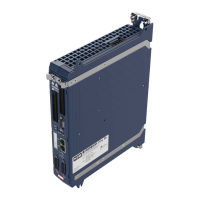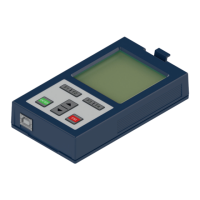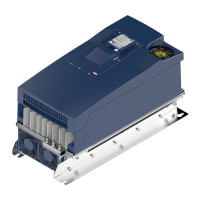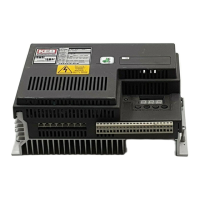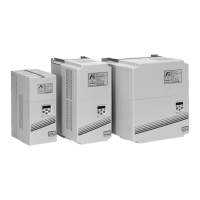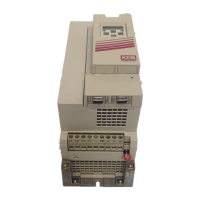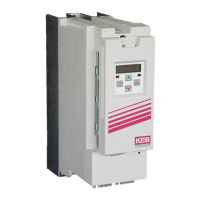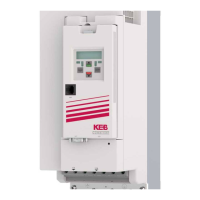Max. 65536 revolutions are always counted at singleturn encoders. The counting
method of the revolutions can be adjusted here for multiturn encoders.
This parameter is bit-coded:
If the multiturn range of the encoder is left, the revolu-
tions change to 0 (overflow) respectively to max. revo-
lution value of the encoder (underflow).
Position remains the same even after switching
on/off.
If the multiturn range of the encoder is left, the revolu-
tions are still incremented and overflow occurs after
65535 revolutions.
After switching off/on, the revolutions that exceeded
the multiturn range are set to 0, so that the position
can be different after switching off/on.
Multiturn encoder:
If the multiturn range of the encoder is left, the revolu-
tions are still incremented and overflow occurs after
65535 revolutions.
The revolutions counted beyond the multiturn range
are stored non-volatile, and after switching off/on they
are calculated with the position of the encoder by way
that the position remains the same.
If this function is activated, eventually previously
counted overflows are deleted.
Precondition:
- When the unit is switched off the encoder shall not
be turned more than half of its multiturn range.
- The non-volatile storing must be completed before
the unit is switched off.
Singleturn encoder:
Accordingly, the counted revolutions can also be
stored non-volatile for absolute singleturn encoders
(e.g., resolver, SinCos with absolute track etc.).
Precondition:
- When the unit is switched off the encoder shall not
be turned more than a quarter revolution.
Non-absolute encoders:
The setting of this value is not possible ("data invalid")
for non-absolute encoders (e.g., TTL and SinCos
without absolute track).
